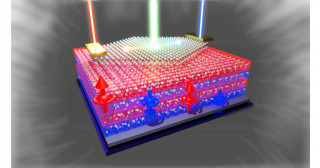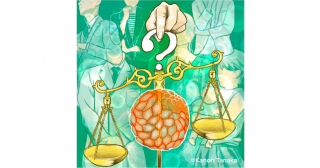How do we all perceive risk? A particular person's view and interpersonal communication about a risk event, such as disasters or their aftermath, are known as risk talk. This can play a significant role in the formation of societal responses to risk events. As people formulate their risk opinions and speak to others, risk information can circulate through their social networks and contribute to the construction of their risk information environment.
To study risk perception and risk talk, Takashi Kusumi and his team analyzed risk talk and its effects on risk perception of Japanese citizens, in the context of the Fukushima Daiichi nuclear radiation crisis. The team hypothesized that the risk information environment, ie the public distribution of risk opinions, and risk literacy -- the ability to understand and use risk information -- interact to influence a person's risk perception and talk. After conducting their survey, the researchers found that the better informed an individual is, the more willing that person is to communicate radiation risk to partners or acquaintances.
In particular, risk literacy tends to stabilize an individual's risk perceptions and willingness to communicate the risk. Nevertheless, there were some subtle differences between perception and communication, suggesting the importance of further examination of interpersonal risk communication and its role in the societal responses to risk events.
It is important to emphasize that the findings must be contextualized in the particular circumstances of Fukushima Daiichi. For example, the factors that formulate risk literacy, such as general scientific literacy, may have particularly strong effects in stabilizing risk perceptions and engaging in risk communications specifically for this type of crisis.
There was a great deal of uncertainty after the Fukushima incident, and a large proportion of the Japanese population were concerned about leaking radiation. Nuclear risk perceptions persist presumably because radiation is invisible, and its effects are slow to emerge. Under these circumstances, those who think they are knowledgeable about science may be more confident and outspoken than those who think they are not.
It is conceivable that risk literacy may facilitate a change in risk perception and behavior under other circumstances. Investigating under what circumstances risk literacy stabilizes or destabilizes risk perceptions may be a useful topic for future study.

Analyzing risk perception and risk talk in light of a major crisis
Paper Information
【DOI】 https://doi.org/





